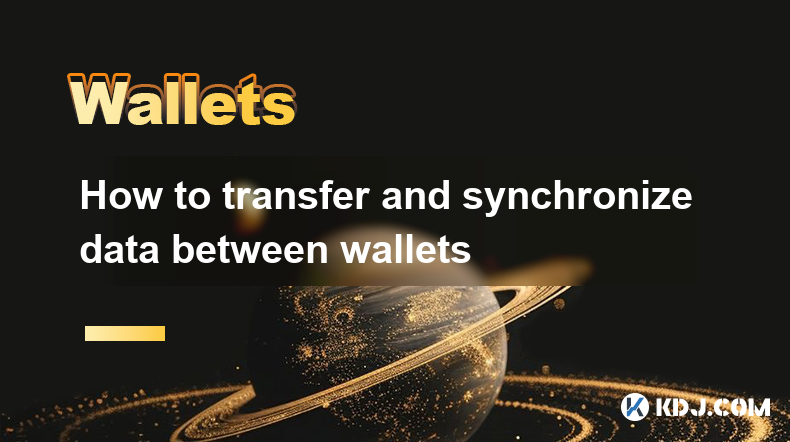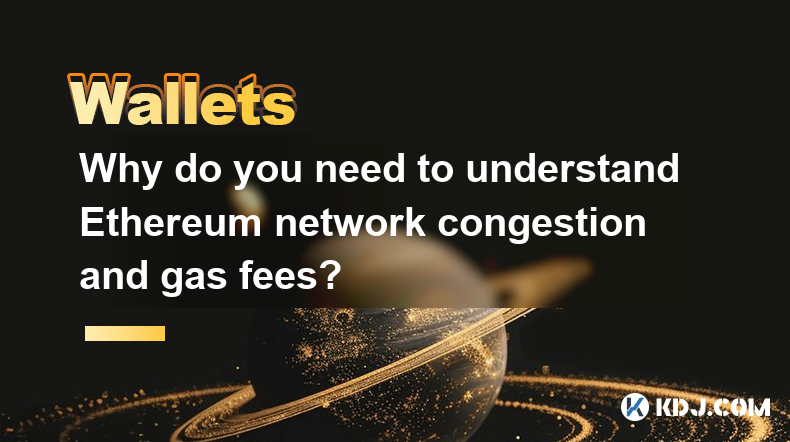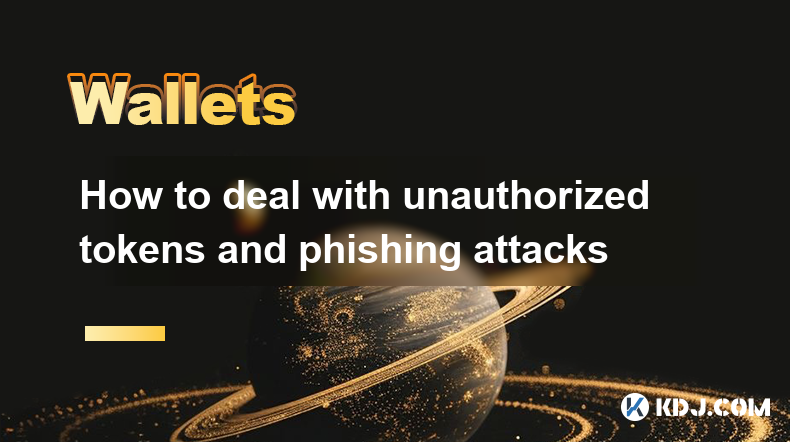-
 Bitcoin
Bitcoin $96,560.9506
-2.14% -
 Ethereum
Ethereum $2,736.3831
-2.14% -
 XRP
XRP $2.5902
-2.63% -
 Tether USDt
Tether USDt $0.9998
-0.04% -
 BNB
BNB $656.0023
-0.97% -
 Solana
Solana $173.5774
-2.16% -
 USDC
USDC $1.0001
0.01% -
 Dogecoin
Dogecoin $0.2441
-4.54% -
 Cardano
Cardano $0.7680
-4.09% -
 TRON
TRON $0.2368
-4.92% -
 Chainlink
Chainlink $17.6088
-5.32% -
 Avalanche
Avalanche $25.2730
-1.49% -
 Sui
Sui $3.3534
-4.37% -
 Stellar
Stellar $0.3299
-2.97% -
 Litecoin
Litecoin $127.5591
-5.69% -
 Shiba Inu
Shiba Inu $0.0...01544
-1.93% -
 Toncoin
Toncoin $3.6335
-0.47% -
 UNUS SED LEO
UNUS SED LEO $9.7486
0.02% -
 Hedera
Hedera $0.2142
-4.87% -
 Hyperliquid
Hyperliquid $24.5165
-2.49% -
 Polkadot
Polkadot $5.0955
-1.59% -
 MANTRA
MANTRA $7.5942
0.20% -
 Bitcoin Cash
Bitcoin Cash $318.8616
-3.10% -
 Bitget Token
Bitget Token $4.9953
4.14% -
 Ethena USDe
Ethena USDe $0.9994
-0.05% -
 Uniswap
Uniswap $8.9329
-5.36% -
 Dai
Dai $1.0000
0.01% -
 Monero
Monero $231.6106
-1.43% -
 NEAR Protocol
NEAR Protocol $3.5801
0.20% -
 Pepe
Pepe $0.0...09503
-3.61%
How to synchronize wallets in multiple devices and browsers
Successfully synchronizing cryptocurrency wallets across multiple devices and browsers empowers users with enhanced convenience and security, enabling seamless management and access to their digital assets from anywhere.
Feb 22, 2025 at 09:18 am

Key Points:
- Understand the different types of cryptocurrency wallets and their synchronization capabilities.
- Learn how to synchronize hardware wallets with multiple devices.
- Discover the steps involved in synchronizing software wallets across platforms.
- Explore the options for synchronizing mobile wallets on different devices.
- Gain insight into browser extension wallet synchronization and multi-device access.
- Utilize third-party services to facilitate wallet synchronization.
- Troubleshooting common issues encountered during wallet synchronization.
How to Synchronize Wallets in Multiple Devices and Browsers
1. Understanding Cryptocurrency Wallets and Synchronization
Cryptocurrency wallets act as digital repositories for storing, sending, and receiving crypto assets. They come in various forms, each with its own synchronization capabilities:
- Hardware Wallets: Physical devices designed to store private keys offline for enhanced security. They can synchronize with multiple computers or mobile devices via USB or Bluetooth.
- Software Wallets: Applications installed on computers or mobile devices that provide an interface for managing crypto assets. They can be synchronized across different platforms using cloud storage or backup services.
- Mobile Wallets: Smartphone applications designed to store and manage cryptocurrencies. They can be synchronized with multiple devices by connecting them to the same blockchain or using recovery phrases.
- Browser Extension Wallets: Web extensions that integrate with browsers to provide easy access to crypto assets. They can be synchronized across different browsers and devices by creating a common wallet profile.
2. Synchronizing Hardware Wallets
Hardware wallets generally provide two methods for synchronization:
- USB Connection: Connect the hardware wallet to multiple computers using a USB cable. Ensure that the wallet software is installed on each computer for seamless synchronization.
- Bluetooth Connection: Pair the hardware wallet with multiple mobile devices via Bluetooth. Download the wallet's mobile app on each device to enable synchronization.
3. Synchronizing Software Wallets
Software wallets offer several options for synchronization:
- Cloud Storage: Use cloud storage services, such as Google Drive or Dropbox, to store wallet backups. By syncing the backups across devices, you can restore your wallet on any device.
- Backup Service: Some software wallets provide built-in backup services that allow you to create and restore wallet backups across multiple devices.
4. Synchronizing Mobile Wallets
Mobile wallets offer the following synchronization methods:
- Blockchain Synchronization: Connect multiple mobile wallets to the same blockchain network. Send and receive cryptocurrencies on one device, and the transactions will reflect in all synchronized wallets.
- Recovery Phrase: Create a 12-word or 24-word recovery phrase and store it securely. In case of device loss, enter the recovery phrase on a new device to restore your wallet.
5. Synchronizing Browser Extension Wallets
Browser extension wallets support the following synchronization options:
- Multi-Device Access: Create a profile on one device and import it into browser extensions on other devices using a password or biometrics.
- Export/Import: Export your browser extension wallet's private keys as a JSON file and import it into the extension on other devices.
6. Using Third-Party Services
Third-party services can facilitate wallet synchronization across different devices and platforms:
- WalletSync: A service that helps synchronize wallets between different devices and platforms, including hardware wallets, software wallets, and mobile wallets.
- Xapo: A custodial wallet provider that offers "multi-device sync" for its mobile and desktop applications.
7. Troubleshooting Wallet Synchronization Issues
- Ensure Compatibility: Verify that the wallet hardware, software, and browser versions are compatible with the synchronization methods being used.
- Check Connections: Confirm that devices are properly connected via USB, Bluetooth, or network connections.
- Backups: Create and store multiple wallet backups in secure locations to avoid potential data loss or device malfunctions.
- Restore Procedures: Familiarize yourself with wallet recovery procedures in case you need to restore your wallet on a different device.
FAQs
Q: Can I synchronize different types of wallets, such as hardware and software wallets?
A: Yes, you can synchronize wallets across different types using third-party services like WalletSync.
Q: Is it safe to synchronize my wallets across multiple devices?
A: Synchronization can increase convenience, but it's crucial to take precautions, such as using secure connections, strong passwords, and keeping your recovery phrases confidential.
Q: What are the advantages of using a hardware wallet for synchronization?
A: Hardware wallets provide enhanced security by isolating private keys offline, making them less vulnerable to hacking or device compromises.
Q: Can I use mobile wallets to synchronize my crypto assets across different operating systems?
A: Yes, mobile wallets generally support synchronization across iOS and Android operating systems using recovery phrases or blockchain connectivity.
Q: Are there any risks associated with synchronizing my wallets across multiple devices and browsers?
A: Potential risks include increased exposure to phishing attacks, device theft, and malware threats. Ensure you have strong security measures in place.
Disclaimer:info@kdj.com
The information provided is not trading advice. kdj.com does not assume any responsibility for any investments made based on the information provided in this article. Cryptocurrencies are highly volatile and it is highly recommended that you invest with caution after thorough research!
If you believe that the content used on this website infringes your copyright, please contact us immediately (info@kdj.com) and we will delete it promptly.
- Whale Accumulation Signals Optimism as XRP Eyes $3 Resistance Amid Bullish Trends
- 2025-02-22 19:10:24
- Bitcoin (BTC) May Print New All-Time Highs If It Can Pull Off This One Thing, Says Crypto Strategist
- 2025-02-22 19:10:24
- XYZVerse (XYZ): The First-Ever All-Sports Meme Token
- 2025-02-22 19:05:25
- Bitcoin, Ethereum, Solana, XYZ, and Sui Poised for Potential Growth, Expert Says
- 2025-02-22 19:05:25
- Arctic Pablo Coin (APC) Makes Waves in the Crypto Market with Its Unique Presale Strategy, Joining Dogecoin and TRUMP Meme Coin in the Spotlight
- 2025-02-22 19:05:25
- Pi Coin Mainnet: A Glimpse into the Future of Sustainable Cryptocurrency
- 2025-02-22 19:05:25
Related knowledge

What are cold storage and hot storage? Which one is safer?
Feb 22,2025 at 03:18pm
Key Points:Cold storage and hot storage are two methods of storing cryptocurrencies.Cold storage involves storing cryptocurrencies offline, while hot storage involves storing them online.Cold storage is generally considered safer than hot storage, as it is not connected to the internet and is therefore less susceptible to hacking.Cold StorageCold storag...

How to synchronize wallets in multiple devices and browsers
Feb 22,2025 at 09:18am
Key Points:Understand the different types of cryptocurrency wallets and their synchronization capabilities.Learn how to synchronize hardware wallets with multiple devices.Discover the steps involved in synchronizing software wallets across platforms.Explore the options for synchronizing mobile wallets on different devices.Gain insight into browser exten...

How to transfer and synchronize data between wallets
Feb 21,2025 at 12:25pm
Key Points:Understanding different wallet types and their capabilitiesIdentifying similarities and differences between walletsExploring options for transferring and synchronizing dataEnsuring data security and integrity during transferAddressing common challenges and troubleshooting tipsHow to Transfer and Synchronize Data Between Cryptocurrency Wallets...

Why do you need to understand Ethereum network congestion and gas fees?
Feb 21,2025 at 04:48am
Key PointsUnderstanding Ethereum Network Congestion and Gas FeesGas Fees ExplainedFactors Affecting Network CongestionStrategies for Minimizing Gas FeesImpact of Ethereum UpgradesUnderstanding Ethereum Network Congestion and Gas FeesThe Ethereum network is a decentralized platform that hosts a vast ecosystem of decentralized applications (dApps), non-fu...

How to participate in DAO voting and governance?
Feb 21,2025 at 03:42pm
Key Points:Overview of DAO Voting and GovernanceUnderstanding DAO Structures and MembershipRole of DAO Tokens and Voting RightsParticipating in Voting and Proposal SubmissionLeveraging Governance Tools and PlatformsImpact of Voting Participation on DAO OutcomesBest Practices for Effective DAO GovernanceHow to Participate in DAO Voting and Governance1. U...

How to deal with unauthorized tokens and phishing attacks
Feb 21,2025 at 05:25am
Dealing with Unauthorized Tokens and Phishing Attacks in the Cryptocurrency CircleThe cryptocurrency market is rife with potential dangers, including unauthorized tokens and phishing attacks. To protect yourself from these threats, it's crucial to take proactive measures and be vigilant in your online activities.Key Points:Unauthorized Tokens: Tokens cr...

What are cold storage and hot storage? Which one is safer?
Feb 22,2025 at 03:18pm
Key Points:Cold storage and hot storage are two methods of storing cryptocurrencies.Cold storage involves storing cryptocurrencies offline, while hot storage involves storing them online.Cold storage is generally considered safer than hot storage, as it is not connected to the internet and is therefore less susceptible to hacking.Cold StorageCold storag...

How to synchronize wallets in multiple devices and browsers
Feb 22,2025 at 09:18am
Key Points:Understand the different types of cryptocurrency wallets and their synchronization capabilities.Learn how to synchronize hardware wallets with multiple devices.Discover the steps involved in synchronizing software wallets across platforms.Explore the options for synchronizing mobile wallets on different devices.Gain insight into browser exten...

How to transfer and synchronize data between wallets
Feb 21,2025 at 12:25pm
Key Points:Understanding different wallet types and their capabilitiesIdentifying similarities and differences between walletsExploring options for transferring and synchronizing dataEnsuring data security and integrity during transferAddressing common challenges and troubleshooting tipsHow to Transfer and Synchronize Data Between Cryptocurrency Wallets...

Why do you need to understand Ethereum network congestion and gas fees?
Feb 21,2025 at 04:48am
Key PointsUnderstanding Ethereum Network Congestion and Gas FeesGas Fees ExplainedFactors Affecting Network CongestionStrategies for Minimizing Gas FeesImpact of Ethereum UpgradesUnderstanding Ethereum Network Congestion and Gas FeesThe Ethereum network is a decentralized platform that hosts a vast ecosystem of decentralized applications (dApps), non-fu...

How to participate in DAO voting and governance?
Feb 21,2025 at 03:42pm
Key Points:Overview of DAO Voting and GovernanceUnderstanding DAO Structures and MembershipRole of DAO Tokens and Voting RightsParticipating in Voting and Proposal SubmissionLeveraging Governance Tools and PlatformsImpact of Voting Participation on DAO OutcomesBest Practices for Effective DAO GovernanceHow to Participate in DAO Voting and Governance1. U...

How to deal with unauthorized tokens and phishing attacks
Feb 21,2025 at 05:25am
Dealing with Unauthorized Tokens and Phishing Attacks in the Cryptocurrency CircleThe cryptocurrency market is rife with potential dangers, including unauthorized tokens and phishing attacks. To protect yourself from these threats, it's crucial to take proactive measures and be vigilant in your online activities.Key Points:Unauthorized Tokens: Tokens cr...
See all articles

















![BONK The Meme Coin MORE THAN ORDINARY [DOG] on Solana BONK The Meme Coin MORE THAN ORDINARY [DOG] on Solana](/uploads/2025/02/22/cryptocurrencies-news/videos/bonk-meme-coin-ordinary-dog-solana/image-1.jpg)


































































